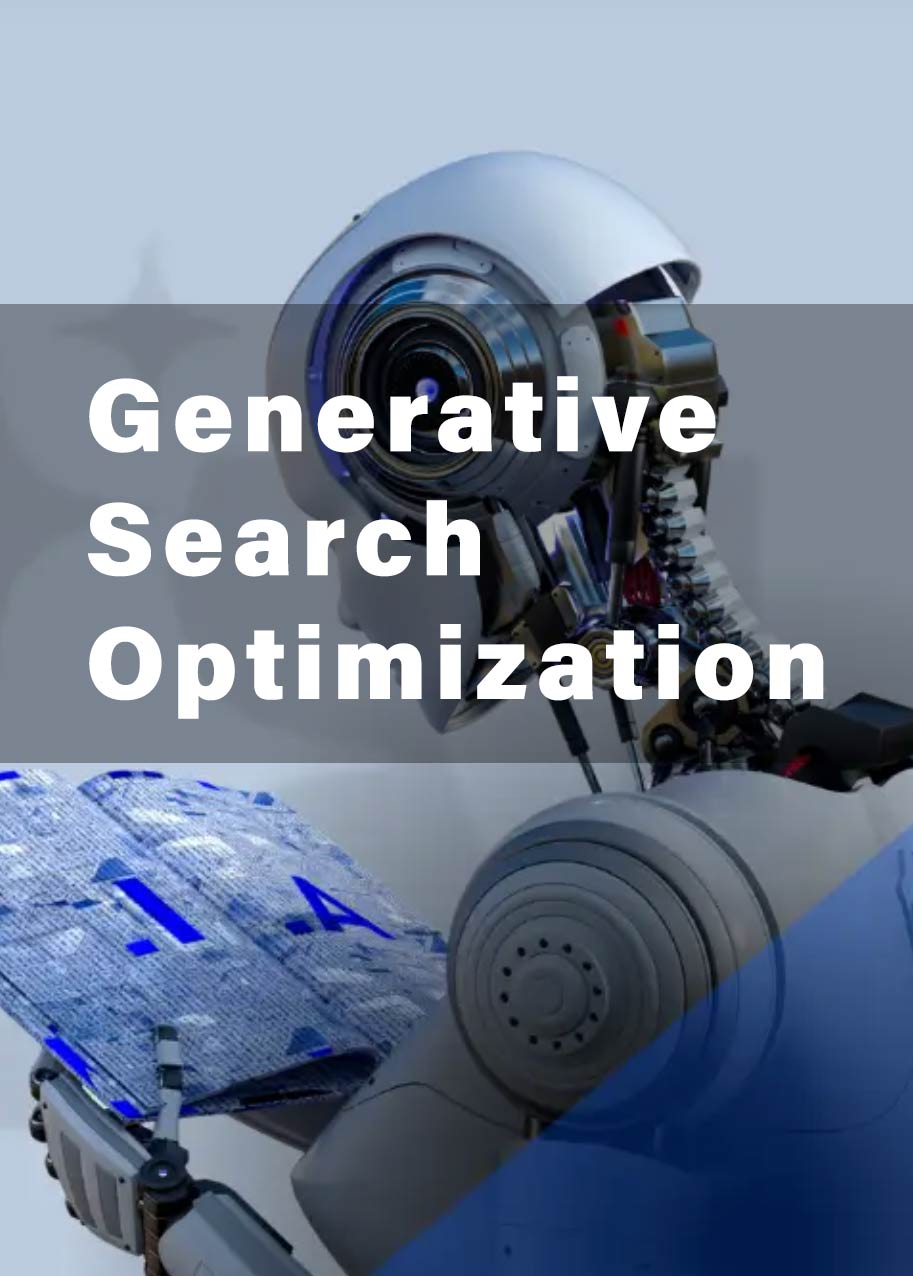Generative Engine Optimization (GEO) AIO and LLM Content Optimization
AI-powered search is reshaping the way buyers discover brands. Search results are moving toward AI Overviews, chatbot responses, and large language model (LLM) answers that deliver direct information, often without showing a full list of links.
Generative Engine Optimization (GEO) positions a business to appear in these AI-driven results. It structures content so LLMs can find, understand, and cite information with precision. With over 20 years of proven SEO and content marketing expertise, CorInteractive helps B2B and B2C companies capture visibility in the next generation of search.

CorInteractive’s GEO services are designed for companies that want to lead—not follow—in the AI-driven search era.
Generative Search Optimization Focus Area
Generative Engine Optimization (GEO)
-
Focuses on visibility in AI-driven platforms such as ChatGPT, Gemini, Claude, and Google AI Overviews.
-
Uses concise facts, bullet lists, clear data points, and structured formatting to make content easy for AI to process.
-
Leverages AI-specific metadata, structured content cues, and llms.txt strategies to increase citation opportunities.
AIO and LLM Alignment
-
Designs content to align with how large language models analyze and respond to queries.
-
Ensures brand mentions and references are accurately captured in AI-generated responses.
-
Adapts strategies to stay ahead of algorithm changes in AI search environments.
Market Growth and Competitive Advantage
-
The AI marketing sector reached $47.3 billion in 2025 and is projected to reach $107.5 billion by 2028.
-
The generative AI market could grow from $62.8 billion in 2025 to $356 billion by 2030, representing a 41% CAGR.
-
Early adoption of GEO creates a lasting competitive edge before AI-driven search fully dominates user behavior.
Future of Search
-
Traditional search is giving way to conversational AI experiences that deliver instant answers.
-
Businesses that fail to prepare risk losing search visibility and traffic to AI-selected competitors.
-
GEO ensures brands remain part of the conversation as AI tools become the default discovery method.
B2B and B2C SEO Expertise
-
Two decades of experience delivering measurable results for enterprise B2B and consumer-facing brands.
-
Proven strategies for high-intent lead generation and demand generation in competitive industries.
-
Tailored GEO services to match the unique buyer journey of each market segment.
Service Outcomes
-
Improved presence in AI-generated answers and summaries.
-
Increased qualified traffic from both traditional and AI search channels.
-
A future-proof search strategy that evolves with rapid changes in AI technology.
AI-Optimized Content and Media Best Practices
As search engines and discovery platforms increasingly leverage large language models (LLMs) and generative AI, optimizing for this new environment requires more than traditional SEO. Generative Engine Optimization (GEO) blends technical structure, content strategy, and media optimization to ensure your brand is accurately represented, referenced, and recommended by AI-driven systems. Below is a high-level look at the core best practices.
Best Practices Overview
-
Structure for AI Comprehension – Use schema markup, structured data, and consistent formatting to help AI systems accurately parse and summarize your content.
-
Entity-Focused Content – Clearly define and reinforce key entities (people, places, products, services) to improve inclusion in AI summaries and recommendations.
-
Concise, Fact-Driven Language – Prioritize accuracy, clarity, and brevity so AI systems can extract precise information without misinterpretation.
-
Multi-Format Media Optimization – Optimize images, videos, and audio with descriptive metadata, captions, and transcripts to ensure AI can interpret and surface them.
-
Conversational & Contextual Phrasing – Align written content with natural language query patterns AI systems use when generating responses.
-
Authoritative Source Linking – Reference credible, high-authority sources to boost trust signals for AI rankings and citations.
-
Content Freshness Signals – Regularly update high-value pages so AI systems recognize them as current and relevant.
-
Searcher Intent Alignment – Map content to different stages of the search journey, from awareness to decision-making, to support AI-driven query expansion.
-
Performance Monitoring in AI Search – Track brand visibility in AI Overviews, chatbots, and generative search snippets to measure impact.
-
Cross-Channel Consistency – Maintain consistent messaging, tone, and facts across web, social, and media assets to reinforce AI training data accuracy.
GEO vs. SEO
Search Engine Optimization (SEO) focuses on improving visibility in traditional search engines like Google and Bing. It targets ranking factors such as keyword relevance, site structure, backlinks, and technical performance to earn higher positions in search results pages. The goal is to drive clicks from users scanning a list of links after typing a query.
Generative Engine Optimization (GEO) takes a different approach. Instead of competing for a spot in a list of search results, it prepares content to be directly cited or surfaced within AI-driven platforms such as Google AI Overviews, ChatGPT, Gemini, and other large language model outputs. GEO relies on precise, structured, and context-rich content that AI can easily extract, understand, and present as an authoritative answer—putting a brand directly in front of the user without the extra click.


